When lupus affects the nails, it can cause:
Lupus and your skin: Signs and symptoms
There are different types of lupus, and each can affect the skin differently. You may see a rash, sores, swelling, or other changes. These changes often appear on skin that gets sun like the:
When lupus affects the skin, signs can also develop on skin that gets little, if any, sun like the:
Some people develop lupus sores inside their mouth, nose, or vagina.
Lupus can also affect your hair and nails
Hair loss, thinning hair, and nail changes are common in people who have different types of lupus.
The most common type of lupus, systemic lupus erythematosus (SLE), can cause dry, coarse hair to develop along the hairline. These dry, coarse hairs break off easily, causing the sparse-looking hair known as lupus hair.
Other types of hair loss also develop. People lose hair on their scalp, legs, eyebrows, eyelashes, or elsewhere. The hair loss may be patchy or widespread. With proper treatment for lupus, this lost hair often grows back.
If you have discoid lupus, hair loss can be permanent. Discoid lupus causes raised, scaly patches. As these patches clear, scars can form. When scars develop on the scalp, hair cannot grow where there are scars. Prompt treatment of discoid lupus on the scalp can prevent scarring.
When lupus affects the nails, it can cause:
- Nails to crack or fall off
- Discolored nails
- Swelling around the nails
If you have discoid lupus and a darker skin tone, you may develop dark, blue-black nails.
What does lupus rash look like?
The following pictures show some of the many different rashes, sores, and other signs of lupus that can develop on the skin.
You’ll also see ways that lupus can affect the hair and nails.
Swollen eyelid(s) and swelling around one or both eyes
When lupus affects the skin, swelling can be one of the first signs of lupus. When this patient saw a dermatologist, the doctor immediately began testing for lupus. Treatment for lupus cleared her swelling and redness.

Butterfly rash (aka malar rash)
Occurring only in people who have lupus, this rash spreads out across the nose and cheeks, often in the shape of a butterfly. This itchy rash often appears after someone with SLE or acute cutaneous lupus spends time in the sun.
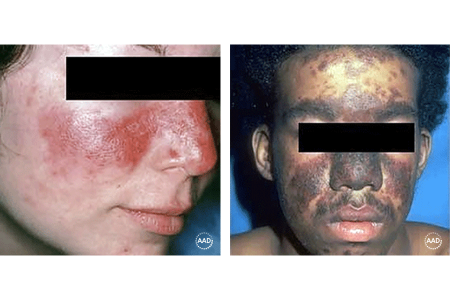
Thick, scaly patch of skin (discoid lupus)
People who have discoid lupus develop these patches. Most patches appear on the face, scalp, or ears, but patches can develop elsewhere on the skin. Without prompt treatment, these patches tend to stay on the skin for a long time — sometimes for years.
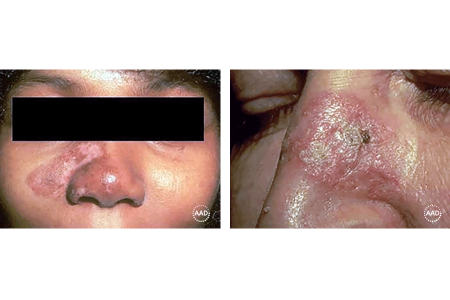
Dark spots, light spots, and scars (discoid lupus)
If you have a darker skin tone, the long-standing patches of discoid lupus will eventually clear and can leave behind dark spots (A), light spots, or permanent scars (B). Prompt treatment of the thick, scaly patches can prevent spots and permanent scarring.

Mouth sores (discoid lupus)
Discoid lupus can cause sores inside the mouth. People who have lupus can also develop sores inside their nose, eyes, or vagina. These sores can feel uncomfortable.
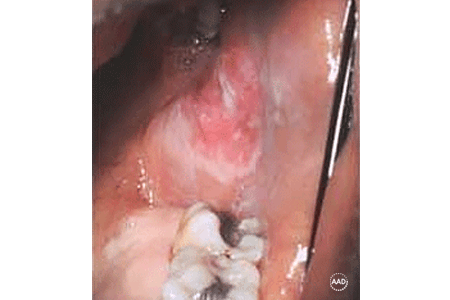
Scaly rash on sun-exposed skin (subacute cutaneous lupus)
Effective sun-protection helps to prevent this rash, which usually develops on the upper back, upper chest, or arms. It can be mistaken for psoriasis or eczema. The rash heals without causing scars, but it can leave areas of lighter skin.
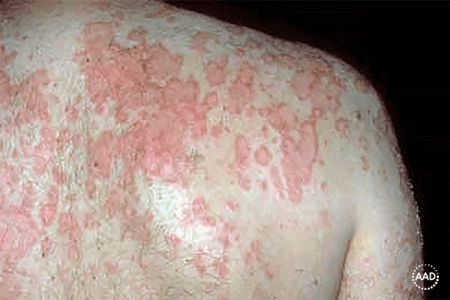
Rash with a ring-like pattern (subacute cutaneous lupus)
Instead of developing a rash that looks like eczema or psoriasis, some people with this type of cutaneous lupus get a ring-like rash from the sun. A small percentage of people will develop both this ring-like rash and the one that looks like eczema or psoriasis.

Light-sensitive skin
Lupus can make your skin extremely sensitive to sunlight and other types of light. This patient developed a lupus rash after spending time under fluorescent lighting.
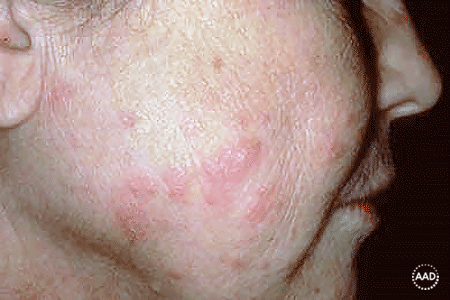
Hair loss (discoid lupus)
Many types of lupus can cause hair loss. With treatment for lupus, the hair often regrows. If you have discoid lupus, hair loss can be permanent because scarring develops. Treating a scaly patch of discoid lupus on the scalp before it scars (A) can prevent permanent hair loss (B).
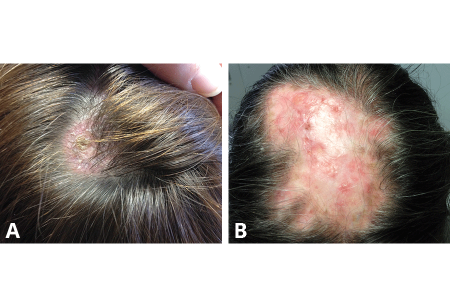
Nail changes
These are most common in people who have systemic lupus erythematosus (SLE). Some people develop a nail infection, which can cause splitting or crumbling nails and discoloration (A), or swollen skin and discoloration around the nails (B). Sometimes, visible blood vessels appear around the nails.
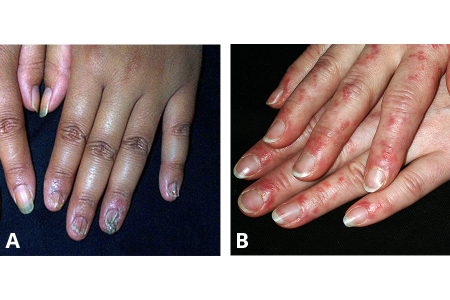
The different types of lupus can also cause the following changes to your skin:
- Dry, chapped lips
- Blister-like rash
- Lacy pattern on the skin called livedo reticularis
- Depressions in the skin
- Itchy hives
- Palms that turn red
- Hard lumps under the skin
- Poor blood flow in the fingers and toes when exposed to cold (Raynaud’s phenomenon)
What does lupus feel like when it affects the skin?
Sometimes, a rash or other sign of lupus causes a symptom like itch or pain. If you have symptoms, tell your dermatologist. Treatment can help get rid of these symptoms until your skin clears.
Learning more about lupus can also be helpful. Some people say it helps them feel more in control. To learn why someone may get any type of lupus, go to: Lupus and your skin: Causes.
Images
Image 1: Used with permission of the Journal of the American Academy of Dermatology. J Am Acad Dermatol 2010;62:667-71.
Images 2-5 and 8-11: Used with permission of the American Academy of Dermatology National Library of Dermatologic Teaching Slides.
Images 6,7: Used with permission of the Journal of the American Academy of Dermatology. J Am Acad Dermatol 2020;83:343-63.
Images 12,13: Used with permission of the Journal of the American Academy of Dermatology. J Am Acad Dermatol 2016;75:1081-99.
Images 14-15: Used with permission of DermNet NZ.
References
Lee LA, Werth VP. “Lupus erythematosus.” In: Bolognia JL, et al. Dermatology. (4th edition). Elsevier, China, 2018: 662-80.
Morales-Burgos A, Sánchez JL, et al. “Periorbital mucinosis: a variant of cutaneous lupus erythematosus?” J Am Acad Dermatol. 2010;62(4):667-71.
Navarro-Triviño FJ, Ruiz-Villaverde R. “Chronic discoid lupus: An uncommon cause of nail atrophy.” Sultan Qaboos Univ Med J. 2018;18(3):e411-e412. Nozile W, Adgerson CN, et al. “Cutaneous lupus erythematosus in skin of color.” J Drugs Dermatol. 2015;14(4):343-9.
Okon LG, Werth VP. “Cutaneous lupus erythematosus: diagnosis and treatment.” Best Pract Res Clin Rheumatol. 2013 Jun;27(3):391-404.
Written by:
Paula Ludmann, MS
Reviewed by:
Brendan Camp, MD, FAAD
Mario J. Sequeira, MD, FAAD
Last updated: 9/23/22
- About AAD
- Contact AAD
- Donate
- Employment
- Store
- Support AAD
- Website feedback
- AAD meetings & events
- Advertise
- Classifieds
- Licensing
- Mailing lists
- Meeting advertising
- Legal notice
- Corporate partners
- Donors
- Exhibitors: 2023 Annual Meeting
- Media
- International
- For AAD members
- Patient advocates
- Diseases & conditions
- Everyday care
- Cosmetic treatments
- Public health programs
- Find a dermatologist
Reproduction or republication strictly prohibited
without prior written permission.
Slideshow: A Visual Guide to Understanding Lupus
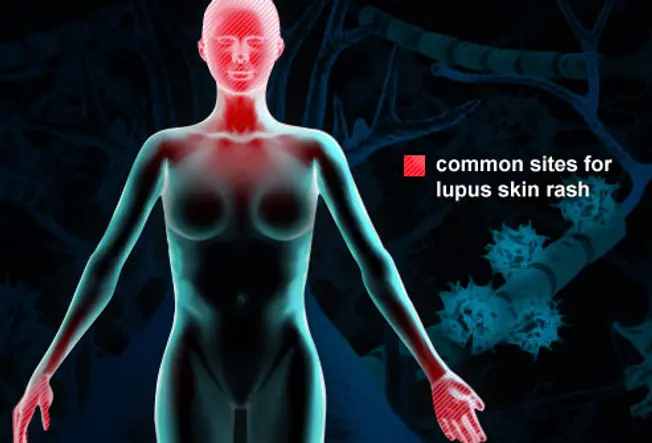
Lupus is a lifelong disorder of the immune system. Immune cells attack the body’s own healthy tissues, leading to inflammation and tissue damage. Symptoms may be limited to the skin, but more often lupus also causes internal problems such as joint pain. In severe cases, it can damage the heart, kidneys, and other vital organs. Although there’s no cure, there are treatments that can minimize the damage.
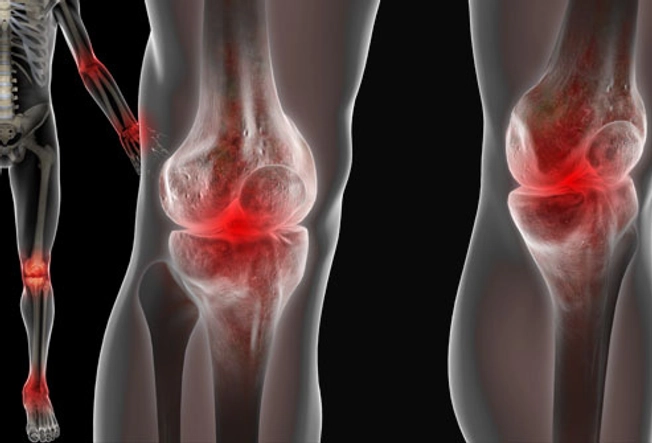
Lupus Symptom: Joint Pain
2/25
Joint and muscle pain is often the first sign of lupus. This pain tends to occur on both sides of the body at the same time, particularly in the joints of the wrists, hands, fingers, and knees. The joints may look inflamed and feel warm to the touch. But unlike rheumatoid arthritis, lupus usually does not cause permanent joint damage.
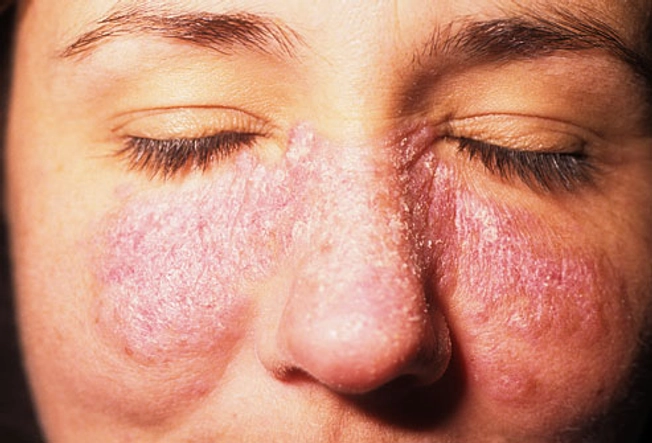
Lupus Symptom: Butterfly Rash
3/25
A tell-tale sign of lupus is a butterfly-shaped rash across the cheeks and bridge of the nose. Other common skin problems include sensitivity to the sun with flaky, red spots or a scaly, purple rash on various parts of the body, including the face, neck, and arms. Some people also develop mouth sores.
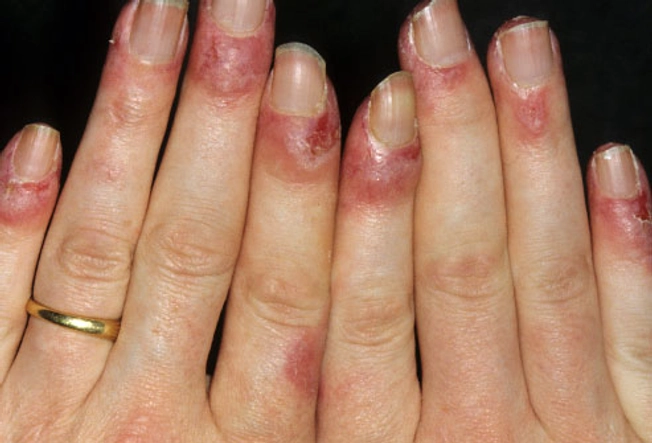
Lupus Symptom: Nail Changes
4/25
Lupus can cause the nails to crack or fall off. They may be discolored with blue or reddish spots at the base. These spots are actually in the nail bed, the result of inflamed small blood vessels. Swelling may also make the skin around the base of the nail look red and puffy.
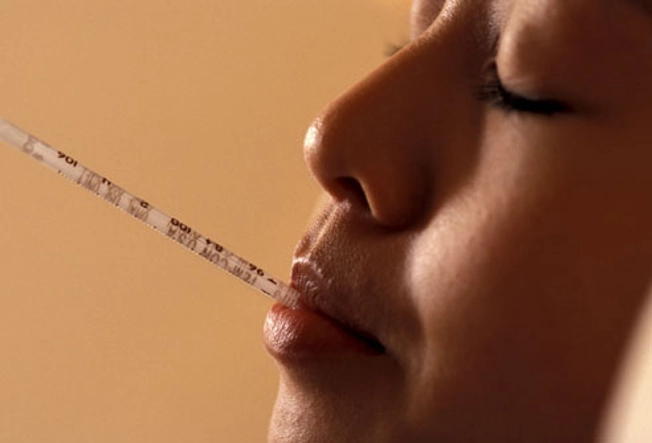
Lupus Symptoms: Fever and Fatigue
5/25
Most people with lupus experience some degree of fatigue. In many cases, it is severe enough to interfere with exercise and other daily activities. Most patients also run a low-grade fever from time to time. This unexplained fever may be the only warning sign in some people.

Lupus Symptom: Light Sensitivity
6/25
Many people with lupus are unusually sensitive to the sun and other forms of ultraviolet light. A day at the beach may trigger a skin rash in areas exposed to sunlight and may worsen other lupus symptoms. Certain medications can make people with lupus even more sensitive to UV light.
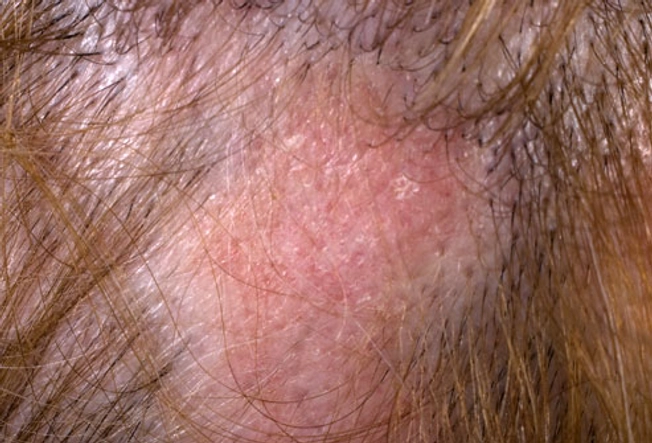
Lupus Symptom: Hair Loss
7/25
The symptoms of lupus tend to come and go, and this includes hair loss. Patients may go through periods where their hair falls out in patches or becomes thinner all across the scalp. Once the flare-up is over, new hair is likely to grow back.
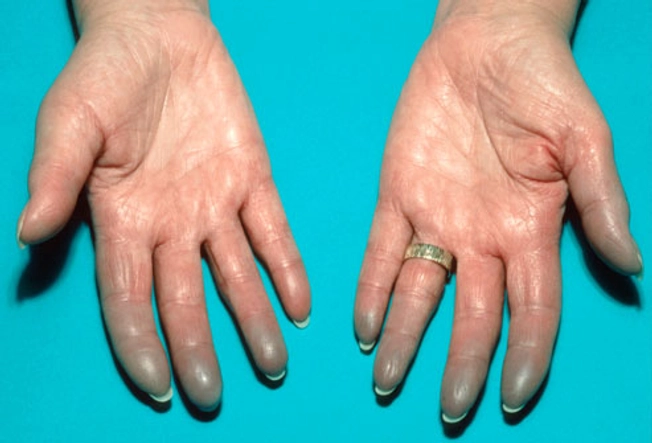
Lupus Symptom: Raynaud’s
8/25
Some people with lupus develop a condition called Raynaud’s phenomenon. Their fingers and toes become painful, numb, and tingly in response to cold temperatures or emotional stress. This happens when small blood vessels spasm and restrict blood flow to the area. During an attack, the fingers and toes may turn white or blue. People can also have Raynaud’s without having lupus or any serious health complications.
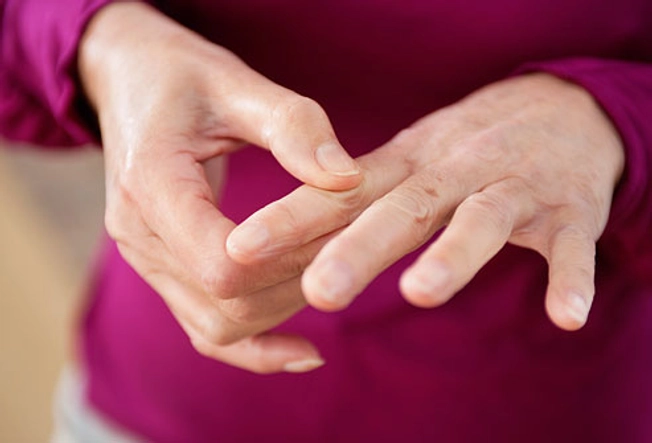
Lupus or Something Else?
9/25
When lupus begins, it can look a lot like rheumatoid arthritis, which causes joint pain and swelling, or fibromyalgia, which causes fatigue and pain. One aspect that sets lupus apart is the combination of skin rashes with joint pain and fatigue. There are also lab tests that can help distinguish lupus from other diseases.
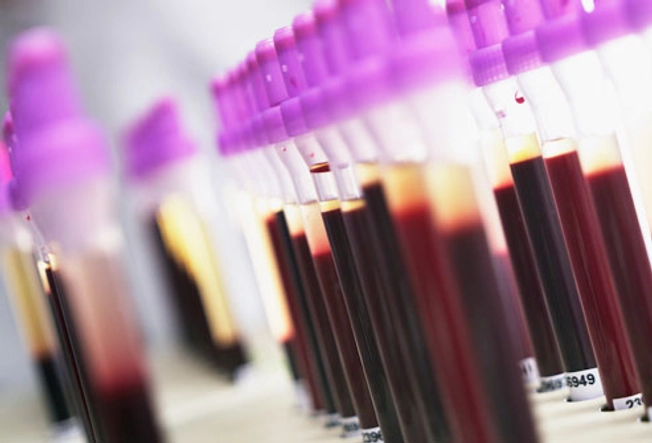
Diagnosing Lupus
10/25
Diagnosing lupus can be tricky. The disease can mimic other conditions, and it often takes a different course in different people. Many people have it for years before developing tell-tale symptoms. Although there is no one test for lupus, certain proteins usually show up in a patient’s blood. A blood test for antinuclear antibodies (ANAs) can provide a critical clue. Other lab tests may check cell counts, kidney function, and clotting time. A tissue biopsy of an involved organ such as the skin or kidneys sometimes helps with diagnosis.

Who Gets Lupus?
11/25
Anyone can get lupus. But it affects women 10 times more often than men. Aside from being female, your odds of getting the disease are higher if you are:
- African-American, Latino, or Asian
- Between the ages of 20 and 40
- Related to someone with lupus
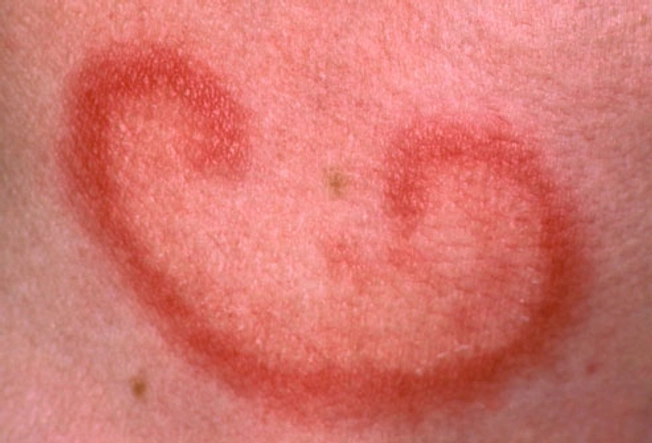
Types of Lupus
12/25
When people say “lupus,” they usually mean systemic lupus erythematosus (SLE), the most common and serious type. But there are other types. Cutaneous lupus erythematosus — also called discoid lupus — is limited to the skin and doesn’t cause the organ damage that sometimes occurs with SLE. The most common symptom is a circular rash. Drug-induced systemic lupus causes temporary lupus symptoms in people who take certain medications.
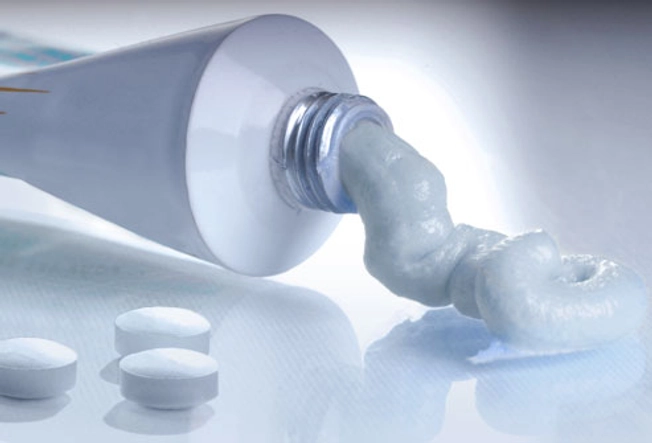
Medical Treatments for Lupus
13/25
There are ways to control the symptoms of lupus. These include corticosteroid creams for rashes and nonsteroidal anti-inflammatory drugs (NSAIDs) for joint pain and fever. Antimalarial medications can help fight joint pain, ulcers, and rashes. Corticosteroids may also be given as pills. In severe cases, they can be given intravenously. People with severe lupus may benefit from drugs that suppress the immune system.

Self-Care for Lupus
14/25
Making some changes to your routine can also help reduce lupus flare-ups:
- Cover up when you’re in the sun.
- Don’t smoke.
- Exercise regularly.
- Improve your stress management skills.
Also be sure to get plenty of rest. Some people with lupus need up to 12 hours of sleep a night.

Lupus and Kidney Problems
15/25
As lupus progresses, it can interfere with the body’s organs. Up to three out of four people with lupus can develop kidney problems. These problems may not cause symptoms, though some people notice swelling in their legs or ankles. Most patients only learn about their kidney trouble when a urine test reveals blood or abnormal protein levels.
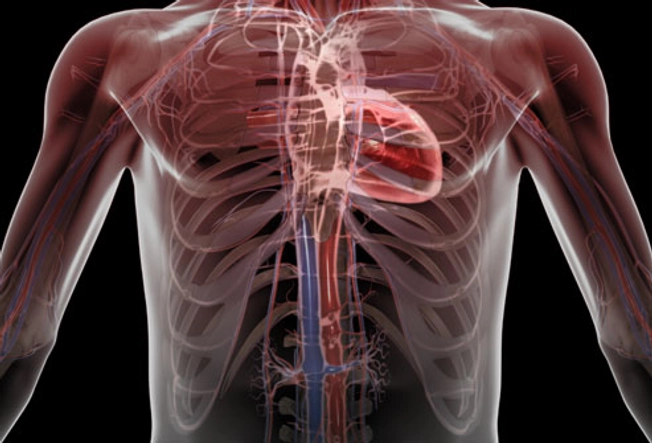
Lupus and Heart Problems
16/25
The most common heart problem linked to lupus is an inflammation of the sac around the heart. This may cause severe pain in the left side of the chest. People with lupus are also more likely to develop plaques that narrow or clog the arteries. This can lead to coronary artery disease. Other complications include heart valve disease and inflammation of the heart muscle. Call 911 immediately for chest pain, rather than trying figure out the cause yourself.
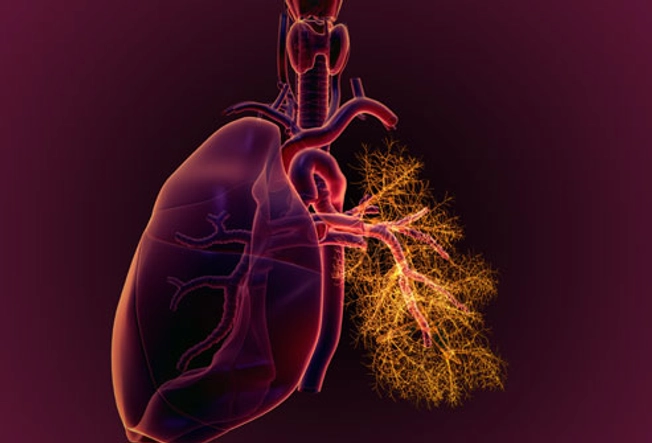
Lupus and Lung Problems
17/25
The tissue surrounding the lungs becomes inflamed in about a third of people with lupus. This may lead to painful breathing, or chest pain, or it may not cause any symptoms at all. Sometimes lupus causes chest pain that is not related to the lungs or the heart. Instead, the pain comes from an inflamed chest muscle or rib joint. Any chest pain should be promptly evaluated by a doctor.
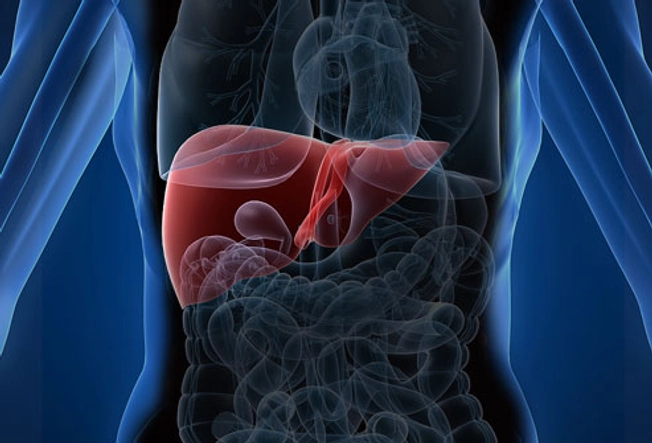
Lupus and Digestive Problems
18/25
Digestive problems are not common with lupus, but some people may experience belly pain, nausea, vomiting, difficulty swallowing, or inflammation of the liver or pancreas. This can be related to lupus itself or medications used to treat the disease. Some people tend to lose weight during lupus flare-ups.
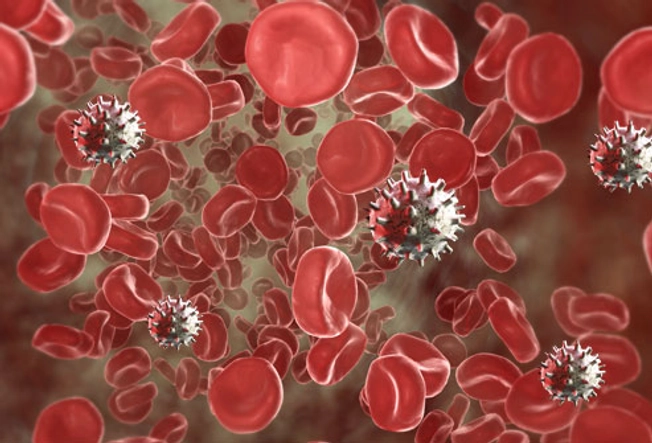
Lupus and Anemia
19/25
Lupus and the medications used to treat it can contribute to anemia in some patients. This means the body has too few red blood cells, because it is not making enough, or red blood cells are being destroyed more quickly than they can be replaced. Symptoms include fatigue and shortness of breath.
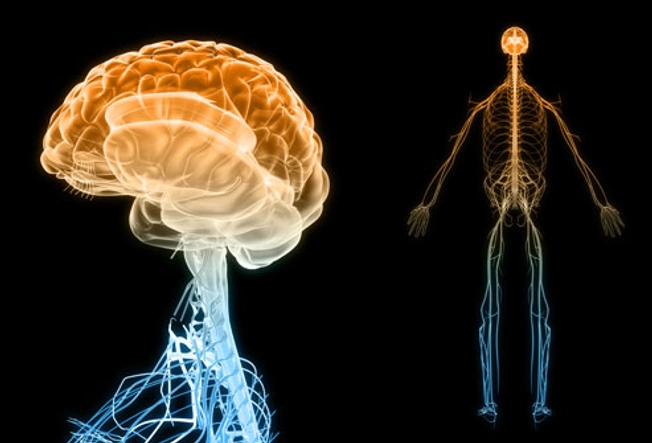
Lupus and the Nervous System
20/25
Lupus can trigger a wide range of problems with the nervous system, most commonly headaches. Mild memory problems are a less common complaint that may come and go over time. Some people with lupus have a greater risk for a stroke, and in rare cases, the disease can lead to seizures.

Lupus and Mental Health
21/25
Depression and anxiety are a risk for people with lupus. This may be the result of the condition’s affect on the nervous system combined with the emotional strain of coping with a chronic illness. Be sure to discuss any concerns about your mood with your doctor or other health care provider. There are highly effective treatments for depression and anxiety.
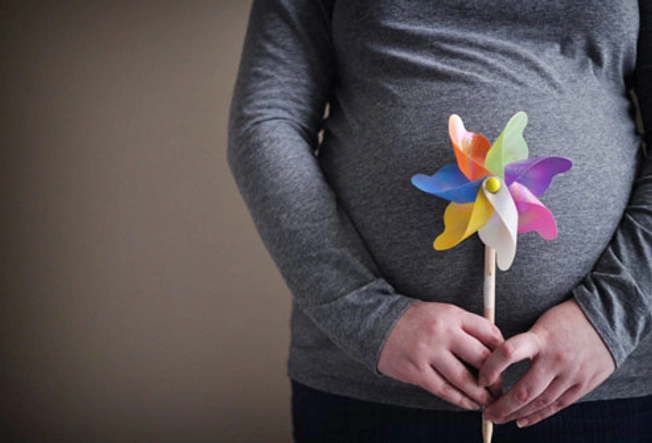
Lupus and Pregnancy
22/25
Most women with lupus can get pregnant, though the condition increases the risk of complications during pregnancy. Because lupus symptoms come and go, the best time to get pregnant is when symptoms are at a minimum. Women who conceive when symptoms are in remission are less likely to have complications. Make sure your obstetrician knows you have lupus. Your medications may be modified and you may undergo extra monitoring to ensure a successful pregnancy.
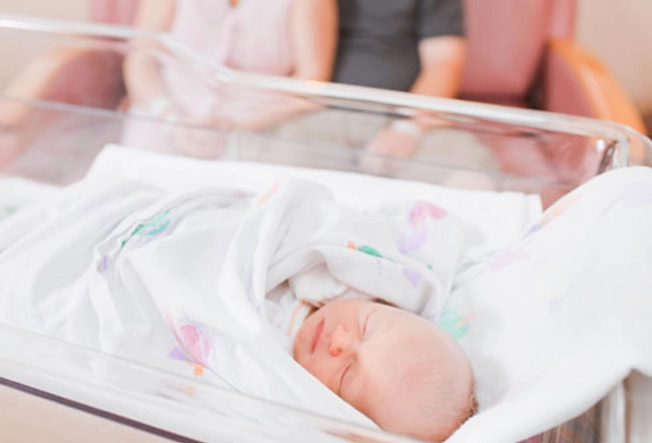
Neonatal Lupus
23/25
Most babies born to women with lupus are entirely healthy. But in rare cases, the newborn of a mom with lupus may have neonatal lupus. This condition can cause a skin rash, anemia, or liver problems. The symptoms usually go away after a few months and don’t cause permanent damage. However, some babies with neonatal lupus can be born with a serious heart problem.

Living with Lupus
24/25
The fatigue and joint pain associated with lupus can make it more difficult to do your job or care for your children. You may have to cut back on activities or ask for help when symptoms flare up. But most people with lupus are able to continue with their usual activities.

Outlook for Lupus
25/25
Thanks to improvements in treatments for lupus, people with the condition are living significantly longer. The outlook for any given individual depends on how severe the disease is, and whether any vital organs are affected. But most people with lupus can expect to live a normal or nearly normal life span.
Show Sources
IMAGES PROVIDED BY:
1) Medi-Mation Ltd / Photo Researchers, Inc.
3) Interactive Medical Media LLC
4) Interactive Medical Media LLC
5) Larry Dale Gordon/Tips Italia
6) Anna Webb/WebMD
7) Interactive Medical Media LLC
8) Bart’s Medical Library / Phototake
10) Pulse Picture Library/CMP Images
14) Bill Reitzel/Blend Images
18) Roger Harris/SPL
21) Mark Edward Atkinson/Blend Images
22) Sweet Portrayal Photography/Flickr Collection/Getty
24) Sean Justice/Riser
25) Rosemary Calvert/Photographer’s Choice
American College of Rheumatology web site.
Lupus Foundation of America web site.
National Heart Lung and Blood Institute web site.
National Institute of Arthritis and Musculoskeletal and Skin Diseases web site.
S.L.E. Lupus Foundation web site.
A Closer Look at Lupus
Lupus is an autoimmune disease that affects more than 1.5 million Americans, according to the Lupus Foundation of America. Normally, the immune system protects the body against foreign invaders like viruses and bacteria. In the case of a disease like lupus, the immune system mistakenly attacks the body and damages healthy tissues and organs. Lupus can cause problems with the kidneys, nervous system, blood vessels, and skin.
There are different types of lupus, each of which cause different symptoms. Systemic lupus erythematosus (SLE) is the most common type. It affects many different organs of the body, including the kidneys, lungs, brain, and arteries.
Cutaneous lupus erythematosus (CLE) affects the skin.
Neonatal lupus is a rare condition in pregnant women that causes the baby to be born with a rash, liver problems, and sometimes a heart defect.
People who have lupus often develop symptoms similar to that of the flu. They feel extremely tired. They have headaches and a fever, and their joints become swollen or painful. Because similar symptoms can occur with other diseases, such as arthritis, fibromyalgia, and thyroid problems, lupus can be difficult to diagnose. Its vague symptoms are also why lupus is sometimes called “the great imitator.”
More than 90 percent of people with lupus will experience joint pain and weakness, according to the Lupus Foundation of America. Most of that discomfort is caused by the inflammation that lupus triggers. Often people feel pain and stiffness in their joints, which is called lupus arthritis.
Lupus can also weaken muscles, especially in the pelvis, thighs, shoulders, and upper arms. Additionally, the disease can trigger carpal tunnel syndrome, which leads to pain and numbness in the hands and fingers.
Lupus that affects the skin (CLE) comes in different forms, and causes different types of rashes. Discoid lupus occurs in people with chronic cutaneous lupus (CCLE). It produces a coin-shaped red, scaly rash on the cheeks, nose, and ears. The rash doesn’t itch or hurt, but once it fades, it may leave the skin discolored. If the rash is on the scalp, hair loss may occur. Sometimes hair loss may be permanent.
In people with subacute cutaneous lupus (SCLE), the rash looks like scaly red patches or ring shapes. This rash usually appears on parts of the body that are exposed to sun, such as the arms, shoulders, neck, chest, and trunk. Having SCLE can make you more sensitive to the sun, so you need to be careful when going outside or sitting under fluorescent lights.
When systemic lupus flares up, you may notice a sunburn-like rash on your face. This “butterfly” rash is a sign of acute cutaneous lupus (ACLE). The rash is distinctive for its butterfly-like appearance: It spreads across the nose and fans out on both cheeks. This rash can also emerge on other parts of the body, especially those exposed to the sun, such as the arms, legs, and trunk. The ACLE rash is very sensitive to light.
Red blood cells transport oxygen-rich blood from the heart and lungs to the rest of the body. In lupus, the immune system can damage healthy red blood cells. This can cause a condition called hemolytic anemia. Having too few red blood cells can lead to symptoms such as fatigue, shortness of breath, dizziness, and a yellowish color to the skin and eyes (jaundice).
Some people with lupus have another problem with their blood. Normally, blood clots form when there is an injury to prevent the body from bleeding too much. In lupus, thrombosis may occur, causing clots to form where they’re not needed. This can be very dangerous, especially if a clot breaks off and gets lodged in a blood vessel of the lungs, brain, or other part of the body.
Lupus often attacks the nerves, which carry messages from the brain to the rest of the body. This damage can lead to a range of symptoms, including:
- headaches
- confusion
- vision problems
- mood swings
- dizziness
- numbness
When lupus attacks nerves to the hands and feet, it can cause Raynaud’s phenomenon, which causes the tips of the fingers or toes to turn red, white, or blue. Fingers and toes may also feel numb or painful in response to cold.
When lupus attacks the lungs, it can cause trouble breathing. If the membrane around the lungs becomes inflamed (pleurisy), it puts pressure on the lungs, which makes breathing painful. Lupus can also lead to pulmonary hypertension, a form of high blood pressure in which the blood vessel connecting the heart to the lungs thickens. Because less blood can travel from the heart to the lungs to pick up oxygen, the heart has to work much harder to keep up.
Among the many organs that lupus attacks are the kidneys, which normally filter blood and remove waste from the body. As many as 40 percent of all people with lupus and up to one-third of all children with lupus will develop kidney-related complications, according to the Lupus Foundation of America. As the kidneys are damaged, fluid begins to build up in the body. One of the first symptoms of lupus nephritis is edema, or swelling due to fluid buildup in the legs, ankles, and feet.
Last medically reviewed on January 22, 2019
How we reviewed this article:
Healthline has strict sourcing guidelines and relies on peer-reviewed studies, academic research institutions, and medical associations. We avoid using tertiary references. You can learn more about how we ensure our content is accurate and current by reading our editorial policy.
- Cutaneous lupus erythematosus. (2012). Retrieved from
americanskin.org/resource/lupus.php - How does lupus affect the blood? (2013, June 20). Retrieved from
lupus.org/webmodules/webarticlesnet/templates/new_learnaffects.aspx?articleid=2269&zoneid=526 - How does lupus affect the heart and circulation? (2013, August 11)
lupus.org/answers/entry/lupus-and-the-heart - How does lupus affect the musculoskeletal system? (2013, July 12)
lupus.org/answers/entry/joint-muscle-pain-in-lupus - How does lupus affect the nervous system? (n.d.). Retrieved from
lupus.org/answers/entry/lupus-and-the-nervous-system - How does lupus affect the renal (kidney) system? (2013, July 12)
lupus.org/webmodules/webarticlesnet/templates/new_aboutintroduction.aspx?articleid=100&zoneid=9 - How does lupus affect the skin? (2013, July 12). Retrieved from
lupus.org/answers/entry/how-lupus-affects-skin - Lungs. (n.d.)
hopkinslupus.org/lupus-info/lupus-affects-body/lupus-lungs/ - What are the symptoms of lupus? (2013, May 28). Retrieved from
lupus.org/webmodules/webarticlesnet/templates/new_learnunderstanding.aspx?articleid=2235&zoneid=523 - What causes hemolytic anemia? (2014, March 21). Retrieved from
nhlbi.nih.gov/health/health-topics/topics/ha/causes.html - What is lupus? (n.d.)
lupus.org/webmodules/webarticlesnet/templates/new_learnunderstanding.aspx?articleid=2232&zoneid=523






